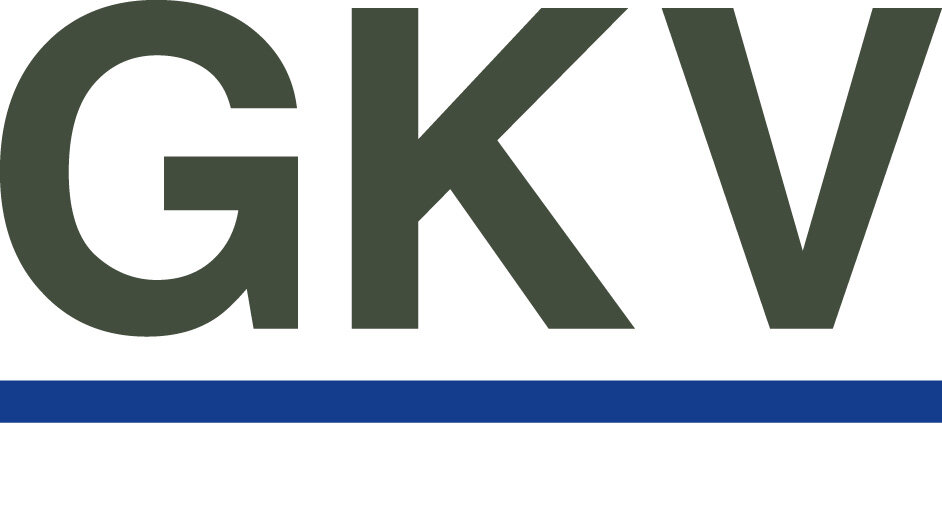New York City’s Building Energy Efficiency Rating System, Part Two
In part one of Understanding New York City’s Building Energy Efficiency Rating System, we explored how implementation will benefit and change the perception and usability of energy usage. Part 2 of this blog will address ongoing developments in the building and energy industry.
LEED Certified Buildings VS NYC Building Energy Efficiency Rating Program
LEED, or Leadership in Energy and Environmental Design, is a green building certification program used worldwide, developed by the U.S. Green Building Council. Certification points are earned by adhering to prerequisites and credits that address carbon, energy, water, waste, transportation, materials, health, and indoor environmental quality. Once verified by the USGBC, the project is awarded points for a lever of LEED certification (Platinum, Gold, Silver, and Certified). Energy usage is a one-time snapshot incorporating energy modeling predictions but is not an assessment of ongoing operations.
The New York City Building Energy Efficiency Ratings Program (BEER) calculates current energy consumption and day-to-day operations; hence the reconciliation wonkiness between the sustainable adaptation of LEED-certified practices and how the City of New York has begun to address building energy usage.
Is LEED certification deficient? Should it include an operational component in terms of energy usage for the life of the building within its rating system? Perhaps. The issue arises about the unpredictability of energy usage based on time frame or intent. If we take office buildings as an example, employees returning to the office on a hybrid schedule will cause both a surge and a plunge in energy usage based on frequency and occupancy. Additionally, if heavy energy users, such as data centers or trading floors, occupy space within the building, an annual grade (or any credit or rating system) would need a nuanced interpretation or explanation.
For those of us paying attention to LEED certification plaques and energy rating posters on the front of buildings, we would welcome a cohesive and holistic verification to indicate that the building is operating at maximum energy efficiency. Each building owner must see how transparency can be used as an enhancement indicator that could drive current and prospective tenants toward successful lease opportunities.
Energy grade posters on buildings are the best way to provide the general public with a reliable snapshot of building energy efficiency. It is plain, simple, and straightforward. There will be many advancements and innovations in the future of energy that will challenge both LEED certification and the NYC Building Energy Efficiency Grading System. For now, a building energy report card keeps us on the right path.
By: Tom Sembros, GKV Architects

